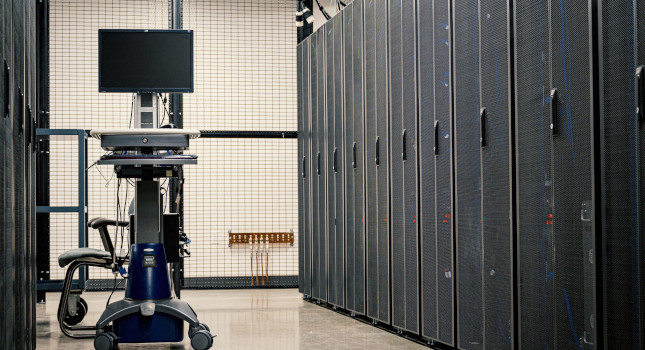Companies such as GE are launching digital power plant systems in gas and coal plants to make operations cleaner and more efficient by using Internet of Things (IoT) technologies.
Ideologically, many people working within the tech sector are looking for the energy industry to pivot for good, move away from fossil fuels, and instead focus on greener, renewable alternatives. The realists will also admit the need in the short term to simply make the process as clean and efficient as possible, especially in developing countries where such projects are only just getting underway.
GE and the IoT
In the last year, digital industry solutions specialist GE has launched digital power plant systems for gas and coal plants. In new plants, GE’s technologies have increased the average conversion efficiency from 33 to 49%.
For the longer-standing coal plants, efficiency improvements are substantially less, although emissions of greenhouse gases can be reduced by 3%. These efficiency gains come about through a clever blend of Internet of Things (IoT) technology and active monitoring. Optimizing fuel combustion, tuning the plant to adjust to the properties of the coal being burned, adjusting the oxygen levels in the boiler, and reducing downtime due to equipment failures all have an impact.
Lana Ginns, marketing manager at flare gas specialists Fluenta, highlighted the importance of smarter processes across the industry.
"Access to precise, real-time information on the amount of gas flared at different sites can be compared to more effectively manage the flaring process—site to site, country to country, or process to process—enabling continuous improvement based on best practice from top performing (low emission) sites," Ginns said.
"Information can be presented on a dashboard for real-time analysis, enabling a business to reduce workforce costs, increase employee safety, reduce carbon tax obligations and provide significant environmental benefits by reducing emissions and fossil fuel waste," she said.
Connected power plants help integrate renewables in the longer term
Connected power plants can help to integrate renewables in the long term. This is made possible because smarter plants are more flexible and better able to respond to fluctuations in the power supplied by intermittent sources like wind and solar. In short, more connectivity means more efficiency, which allows fossil fuel power plants to go from zero to 100% output in less time than ever before.
Scott Bolick, head of software strategy and product management at GE, suggested that it’s now a case of making power plants as efficient as possible. He said, "In places like China and India, they’ve already locked in plans to build brand new coal power plants, and those plants are going to be on the grid for 30 to 40 years. We look at it as our responsibility to make sure those plants are as sustainable as they can possibly be."
Malek Murison is editor at Internet of Business, which is hosting the Internet of Manufacturing Conference November 1-2, 2016, in Chicago. Internet of Business is a CFE Media content partner. This article originally appeared here. Edited by Chris Vavra, production editor, CFE Media, [email protected].
ONLINE extra
See additional stories about the Internet of Things (IoT) linked below.



